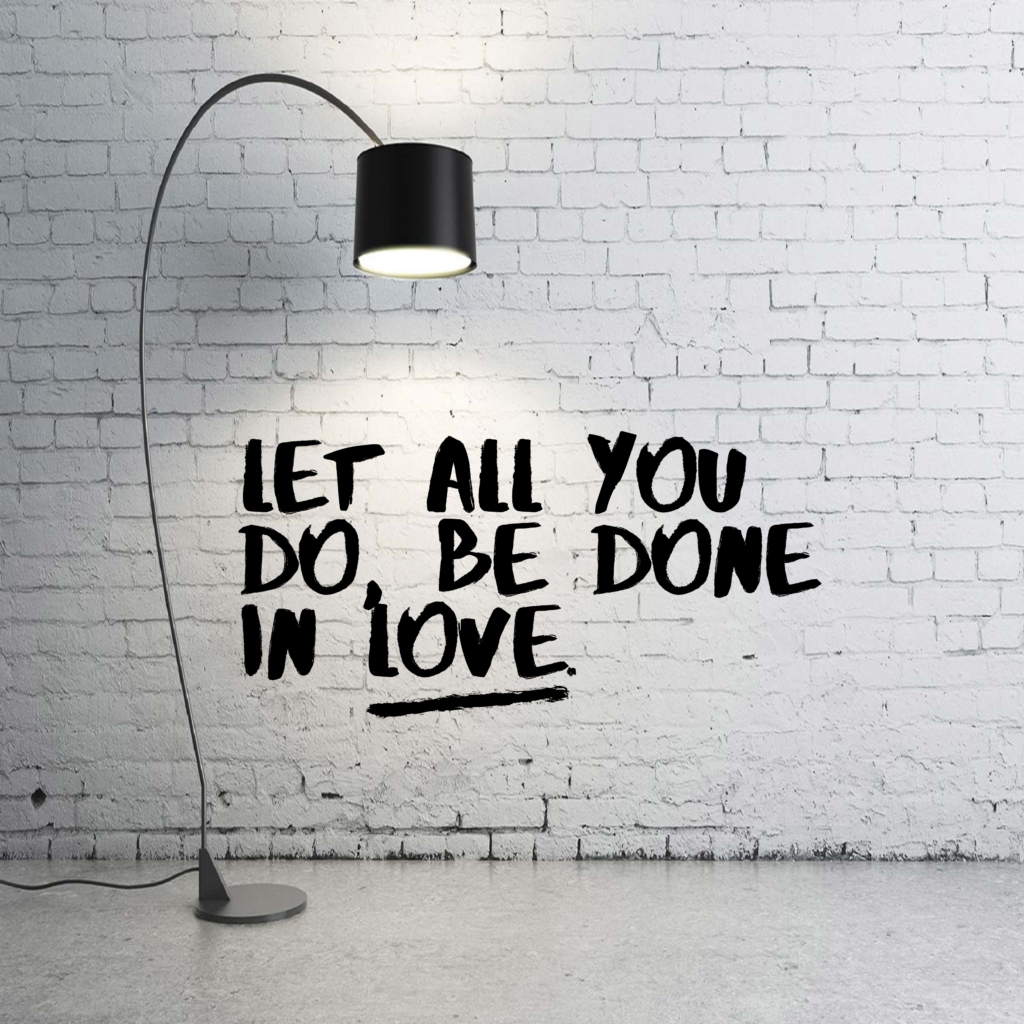"Everything is designed. Few things are designed well." - Brian Reed
Interior design plays a crucial role in our lives for several reasons-
Aesthetics- Interior design enhances the visual appeal of spaces, making them more pleasant and inviting.
Functionality- Well-designed interiors optimize space usage and layout, making rooms more functional and efficient.
Comfort- Interior design considers elements like lighting, temperature, acoustics, and ergonomics to ensure spaces are comfortable and conducive to different activities and needs.
Personalization- It allows individuals to express their personalities, preferences, and lifestyles through the design of their surroundings.
Health and well-being- Thoughtful interior design can positively impact mental and physical health by incorporating features that promote relaxation, reduce stress, and enhance indoor air quality.
Efficiency- In commercial settings, effective interior design can contribute to operational efficiency, brand identity, and customer satisfaction.
Environmental sustainability- Interior designers increasingly prioritize eco-friendly materials and practices, contributing to environmental conservation and reducing carbon footprints.
Our Interior Services
- Interior Design Consultation
- Sustainable Design Consultation
- Space Planning
- Colour Consultation
- Furniture selection and Procurement
- Custom Design Solutions
- Interior Styling
- Renovation and Remodelling
- Lighting Design


Our USP is Sustainability Practices
Sustainable practices in interior design services encompass a range of strategies and approaches aimed at minimizing environmental impact, promoting resource efficiency, and prioritizing human health and well-being. Here are some examples of sustainable practices specifically we follow within our interior design projects-
Material Selection- Choosing eco-friendly and responsibly sourced materials, such as FSC (Forest Stewardship Council)-certified wood, low-VOC paints and finishes, recycled content products, and sustainable textiles made from natural fibers like organic cotton or hemp.
Energy Efficiency- Incorporating energy-efficient lighting solutions, appliances, and HVAC (Heating, Ventilation and Air conditioning) systems into designs to reduce energy consumption and lower carbon emissions.
Water Conservation-Designing spaces with water-saving fixtures and systems, such as low-flow faucets, showerheads, and toilets, as well as implementing greywater recycling systems or rainwater harvesting for irrigation.
Space Planning- Utilizing passive design principles to maximize natural daylighting and ventilation, reducing the need for artificial lighting and mechanical cooling/heating systems. Efficient space planning can also optimize spatial layouts to minimize wasted space and resources.
Waste Reduction-Implementing construction waste management plans to minimize waste generation during renovation or construction projects.
Indoor Air Quality-Prioritizing indoor air quality by specifying materials and finishes with low VOC (Volatile organic compounds) emissions, as well as incorporating natural ventilation strategies and air purification systems to promote healthier indoor environments.
Sustainable Furnishings-Selecting furniture and furnishings made from sustainable materials, such as reclaimed wood, recycled metal, or FSC-certified wood, and prioritizing pieces that are durable, long-lasting, and ethically produced.
Lifecycle Assessment-Conducting lifecycle assessments to evaluate the environmental impact of design decisions, considering factors such as material sourcing, manufacturing, transportation, use phase, and end-of-life disposal/recycling.
By integrating these sustainable practices into interior design services, we at Story of Walls create spaces that are not only aesthetically pleasing and functional but also environmentally responsible and socially conscious, contributing to a more sustainable built environment.

